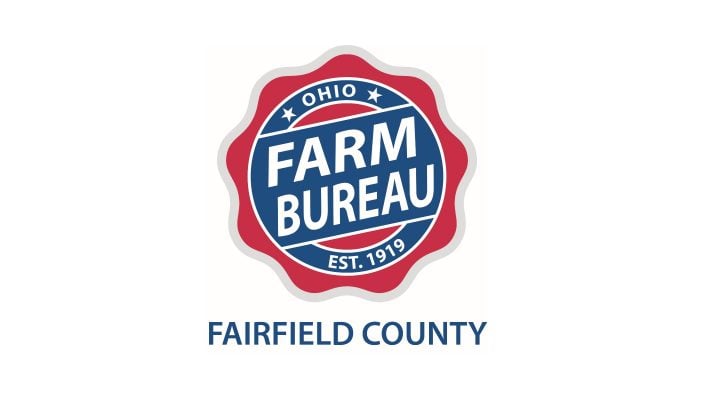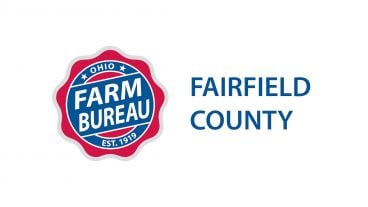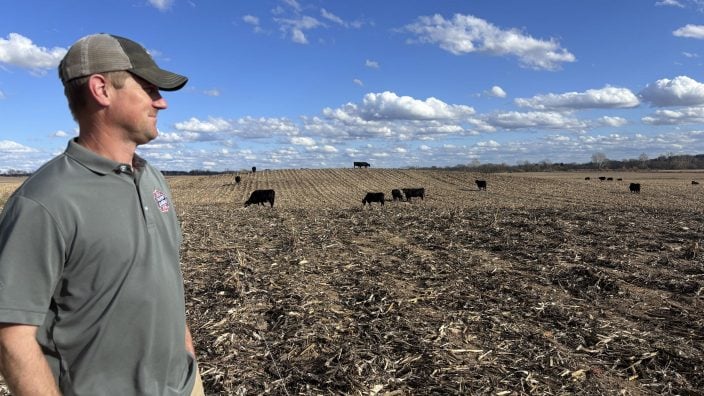Schultz serving on 2025 Farm Bureau policy development committee
Lynne Schultz of Lancaster is serving on the 2025 Ohio Farm Bureau Federation Policy Development Committee.
Read MoreWorking in the heat is hard. That’s obvious. But did you know that it really is harder – and more dangerous – when you’re not used to it?
The main reason is sweat. You might not think of sweating as a skill, but it’s something your body gets better at with practice. If you’re not used to working in the heat, you won’t sweat as efficiently.
That might not sound like a big deal, but it is. People who aren’t used to working in heat – who aren’t acclimatized to it – are at greater risk for serious heat illnesses. In one analysis, almost half of the reported cases of heat illness happened on the worker’s first day on the job, and 80% were in the first four days. Another study of OSHA citations also found that the negative effects of working in the heat are significantly greater in the first few days of exposure.
You might also be surprised by how quickly you can lose your acclimatization. It starts to diminish after about a week away from working in the heat. Most people will be back to their baseline heat tolerance after a month away from working in the heat.
So, who needs to think about acclimatization? According to OSHA, any worker who isn’t used to the heat load they’ll face that day has an increased risk of heat illness. This includes:
In other words, almost everyone works in the heat will need to acclimatize to it periodically.
NIOSH recommends acclimatizing slowly, increasing the workload in hot conditions over one to two weeks. Here are two sample schedules from NIOSH. The first is for workers who are new to the work, and the second is for workers who are returning from some time away to work that they’ve done before.
NIOSH Acclimatization Recommendations for New and Returning Workers
| New Worker Recommendation | Returning Worker Recommendation | |
|---|---|---|
|
Day One |
20% of work duration |
50% of work duration |
|
Day Two |
40% of work duration |
60% of work duration |
|
Day Three |
60% of work duration |
80% of work duration |
|
Day Four |
80% of work duration |
100% of work duration |
|
Day Five |
100% of work duration |
100% of work duration |
Many workers will be able to handle the full workload after four days of acclimatization. But the acclimatization process will continue and heat tolerance will improve for up to two weeks after the first exposure.
Here are some important acclimatization do’s and don’ts:
For the complete article, including an FAQ and links to pertinent Grainger products, click here.
Grainger is the leading provider of maintenance, repair and operating supplies and related information to businesses and institutions. With more than 1.5 million products, Farm Bureau members receive special pricing and even deeper discounts on selected categories and brands, plus free standard parcel shipping on all standard Grainger products.
The information contained in this article is intended for general information purposes only and is based on information available as of the initial date of publication. No representation is made that the information or references are complete or remain current. This article is not a substitute for review of current applicable government regulations, industry standards, or other standards specific to your business and/or activities and should not be construed as legal advice or opinion. Readers with specific questions should refer to the applicable standards or consult with an attorney.


Lynne Schultz of Lancaster is serving on the 2025 Ohio Farm Bureau Federation Policy Development Committee.
Read More

COLUMBUS, Ohio (OFBF) – Ohio Farm Bureau Foundation recently awarded over $75,500 in scholarships to students across the state. Annually,…
Read More

The Fairfield County Farm Bureau Board of Trustees invites you to attend our Policy Development Breakfast at 8:30 a.m. on Tuesday, June 24, 2025.
Read More



Mike Videkovich can name a long list of the organization’s benefits, but there is one very tangible one that he said he’s bound to use almost every year.
Read More



$1500 was raised to support youth at the county fair and youth scholarships.
Read More

Commissioner Jeffrey Fix will be presenting updated land use plans to Fairfield County Farm Bureau members.
Read More

Did you know that working in the heat is harder – and more dangerous – when you’re not used to it?
Read More

The Growing Tomorrow Grant will provide grants to new or early-stage agricultural businesses. Applications are due July 31.
Read More